
Easter will soon be here and Lent will be ending. That means the end of fasting for many Christians around the world. Chocolate bunnies, marshmallow eggs and jelly beans will usher in a period of indulgence following the deprivations of Lent.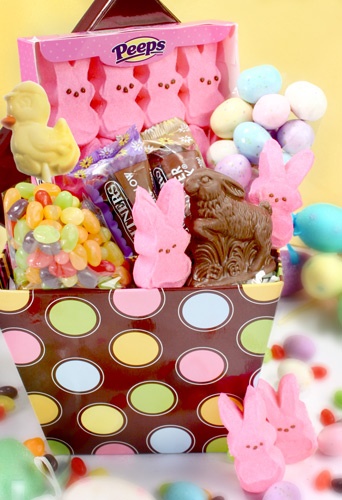
There are almost as many types of foods associated with Easter as there are flavors of jelly beans. Peach-flavored ones are a favorite! Wink, wink. Anyway, growing up you probably ate the same menu every year on Easter Sunday like we did, and maybe you still do. Some of the foods and customs are symbolic remembrances of things associated with that very first Easter and some are just examples of favorite Sunday best type foods.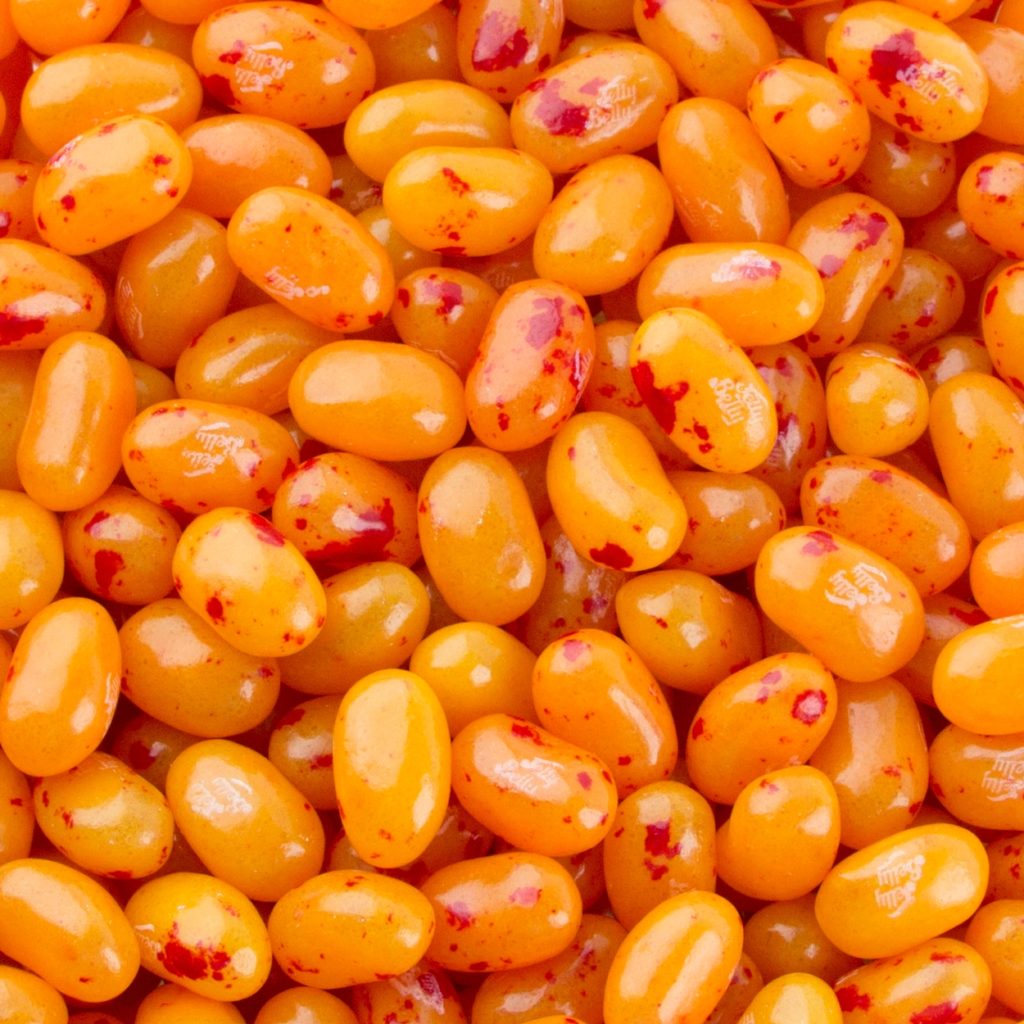
In some Southern kitchens, Easter Sunday means, baked ham or pot roast, potato salad, green beans, mashed potatoes, gravy, deviled eggs, congealed salad, biscuits and homemade fresh coconut cake. You can probably still imagine those wonderful Easter Sunday meals from your childhood. Like us, you were glad to have that Easter bonnet with the elastic chin strap finally off your head and you couldn’t wait until lunch was over so you could take off that scratchy crinoline petticoat or, for you guys, that annoying bow tie.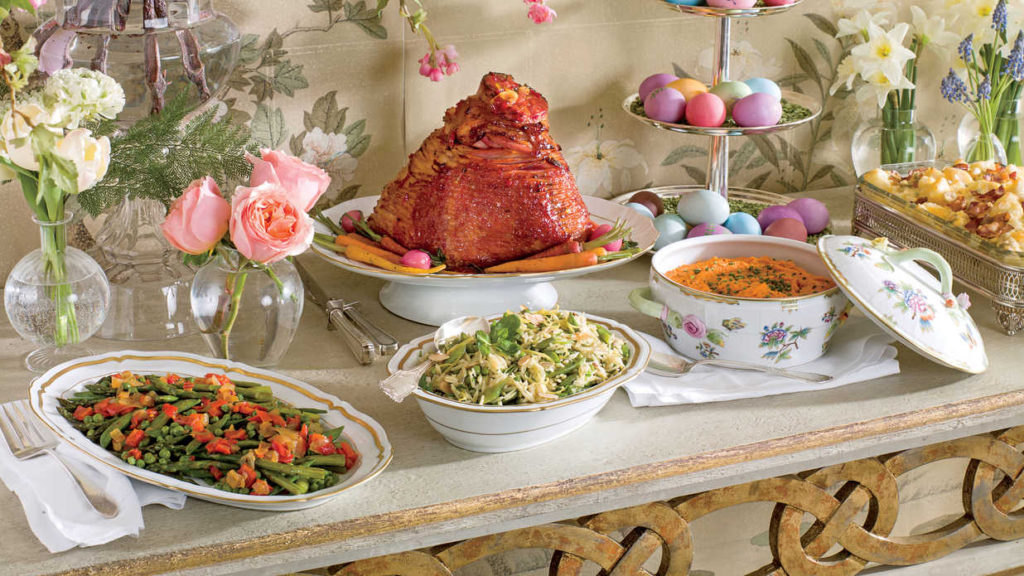
Did you know that ham was on many Southern Easter menus because of timing? Hogs are killed during cold weather, which arrives in the Fall and by the time Easter rolls around the following Spring, the ham has cured sufficiently to be eaten.
In the Northeast, lamb is a popular main dish at Easter. It’s symbolic of the sacrificial Lamb of God, Jesus.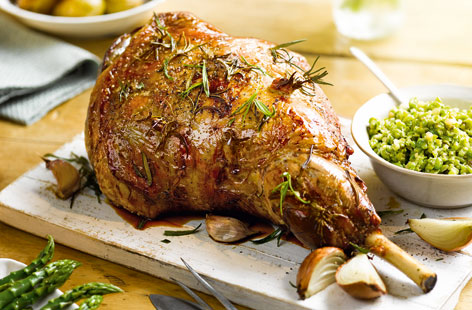
Deviled eggs are common in some regions because many women boil eggs for their children to decorate on Saturday. So the moms can make deviled eggs while the children decorate Easter eggs. It’s believed that the tradition of Easter eggs arose from Lenten fasting, hundreds of years ago. Some Christian groups fasted from meat and meat products during Lent. In some cultures, eggs were considered a meat product and in order not to be wasteful, eggs were boiled or roasted so they could be consumed when Lent ended. You can’t help but wonder how long they kept eggs around, raw or cooked, without refrigeration.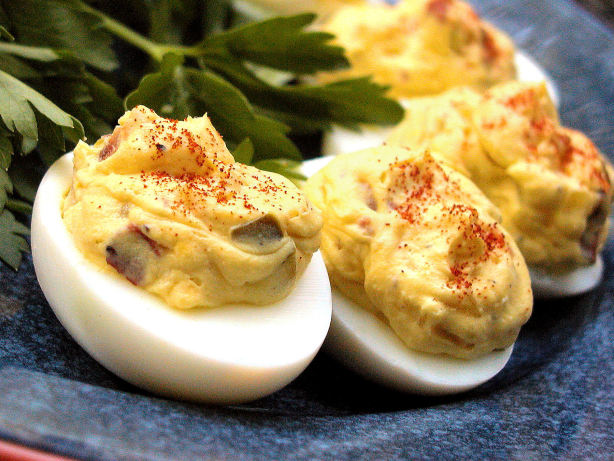
Did you know that Easter eggs symbolize the empty tomb? Children hunt for eggs just as Jesus’ followers went to hunt for Jesus in the tomb. When children find the eggs, they experience a tiny bit of joy just as the women did who went to the tomb on the very first Easter and found that Jesus was no longer there.
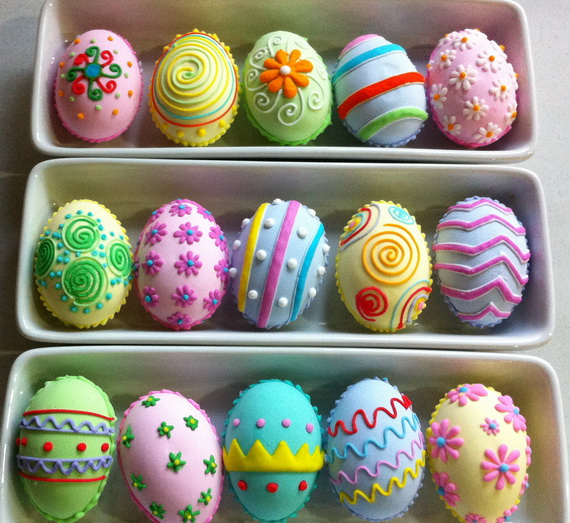
Even those who’ve never seen a hot cross bun have heard the children’s rhyme. The hot cross bun is a spiced sweet bun made with currants or raisins, marked with a cross on the top, and traditionally eaten on Good Friday in England, Australia, Canada, India, New Zealand, South Africa and some parts of the U.S. The buns mark the end of Lent and the cross shaped icing represents the crucifixion of Jesus, and the spices inside signify burial.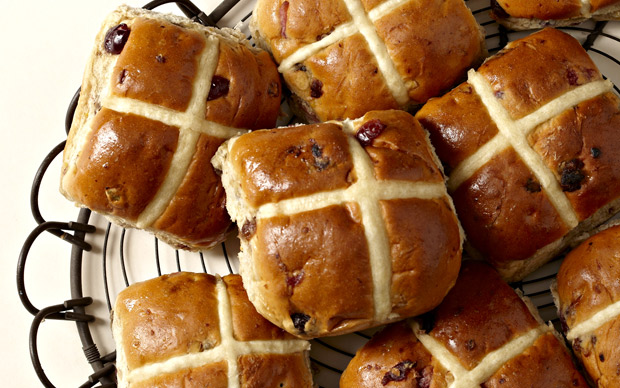
Kulich is a kind of Easter bread that is traditional in the Orthodox Christian faith and is eaten in countries like Russia, Belarus, Bulgaria, Romania, Ukraine, Georgia and Serbia. It’s baked in tall, cylindrical tins or coffee cans. Once it has cooled, the kulich is decorated with white icing, which drizzles down the sides. Traditionally, after the Easter church service, the kulich, which has been put into a basket and decorated with colorful flowers, is blessedby the priest.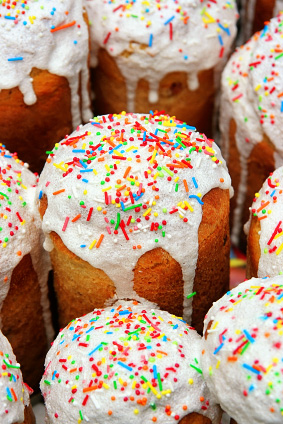
The traditional folkloric figure and symbol of Easter is the Easter bunny. Originating among German Lutherans, the “Easter Hare” played the role of a judge, evaluating whether children were good or disobedient at the start of the season of Eastertide. The legend of the Easter bunny bringing eggs appears to have been brought to the United States by settlers from Germany as early as the 1700s.
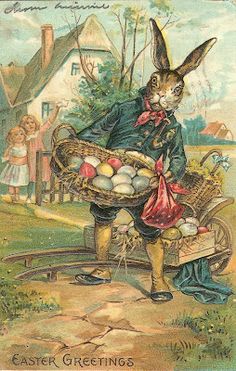
You can probably think of many more Easter foods and traditions that we haven’t mentioned. Traditions are good things to share. They serve to bind us together as friends, families and cultures. Many of them evoke fond memories, but we should be careful not to let our traditions become so overwhelming that we don’t take time to remember that Easter is the most important event in history. Jesus’ birth, life, death and resurrection are historical facts. Jesus died on the cross because he loved us and he still does.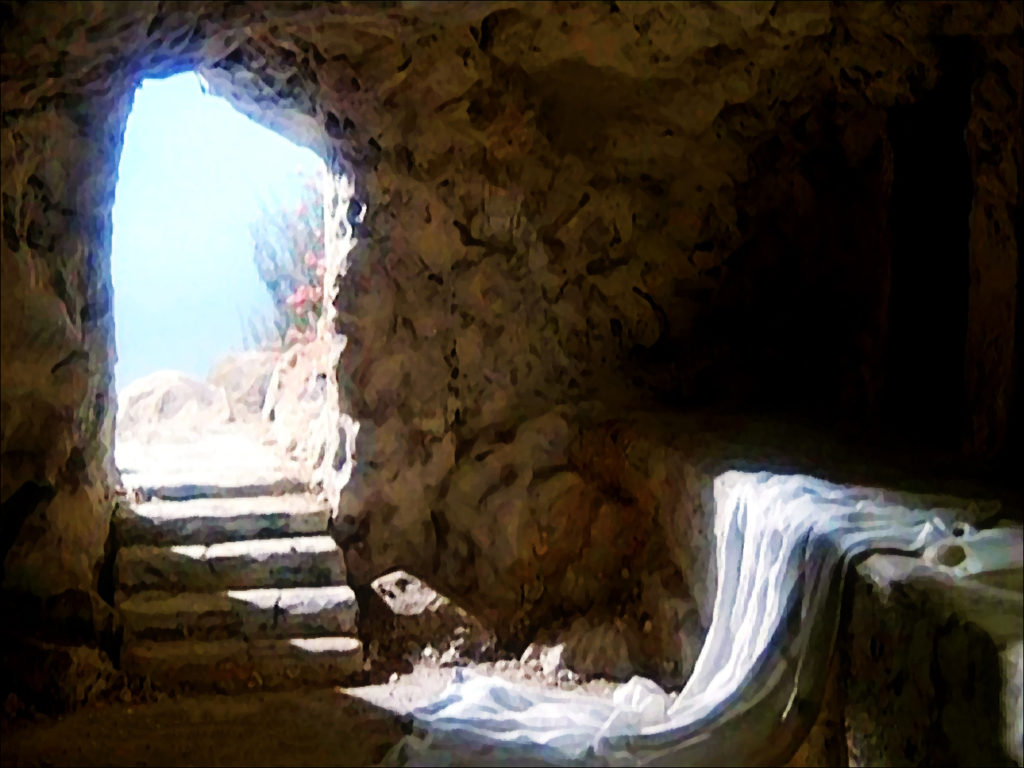
Happy Easter! He is risen!
Join us next week when we tell you about a delicious brunch we had in a small city known for its talented musicians in the next installment of our Hidden Gem Restaurant Challenge!.
Until next time, love and peaches!
Love this post! The stories and legends are really fun and I think I’m going to have to have some Kulich – it looks like it would taste incredible. But, most of all, I’m thankful to always be reminded of our Savior and Lord. Thanks, Picky Peaches!